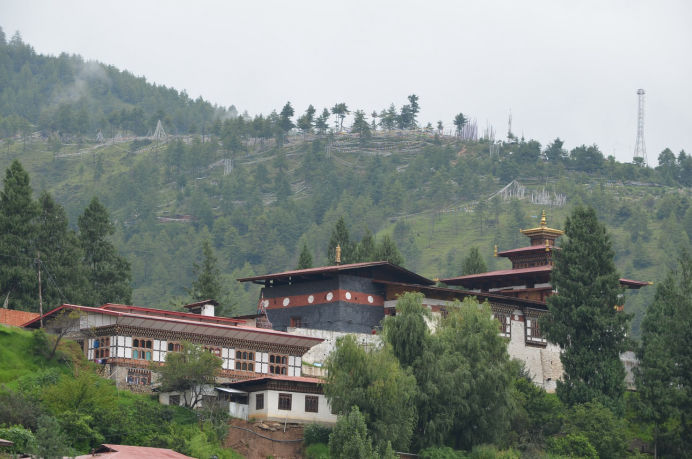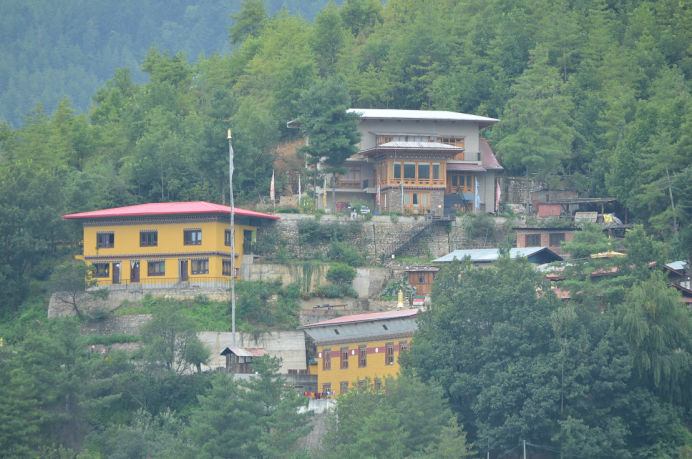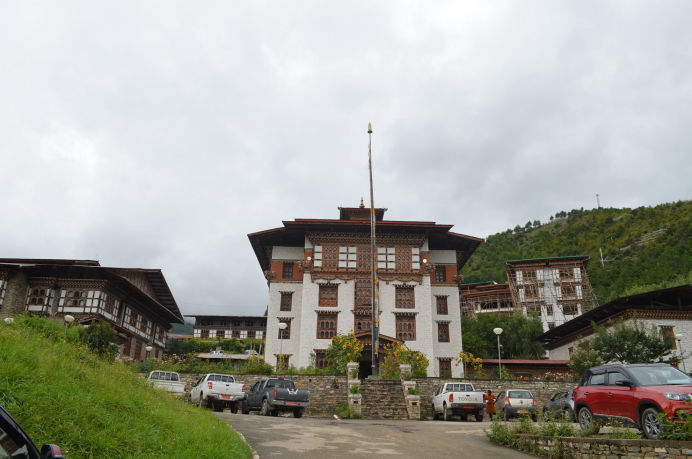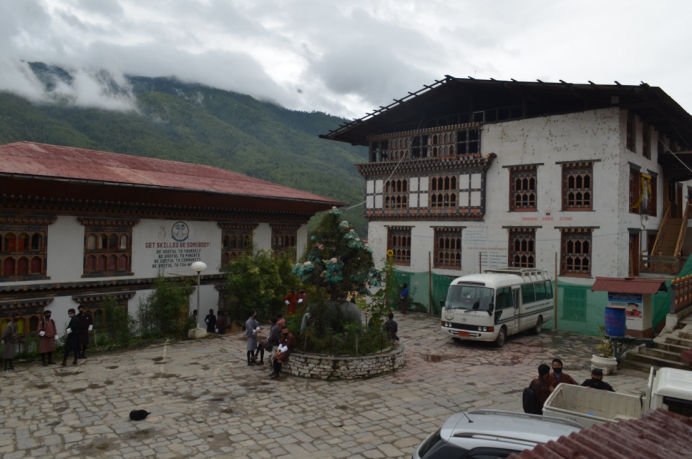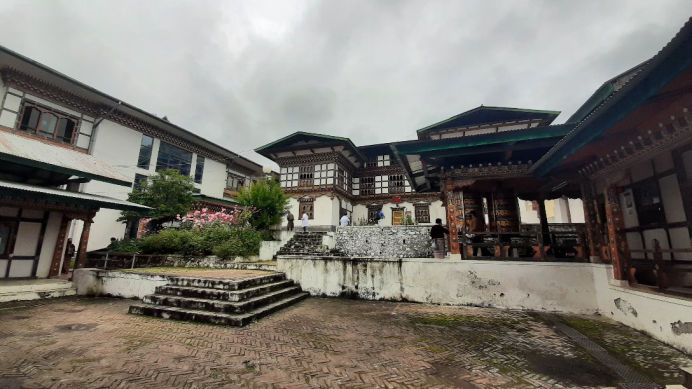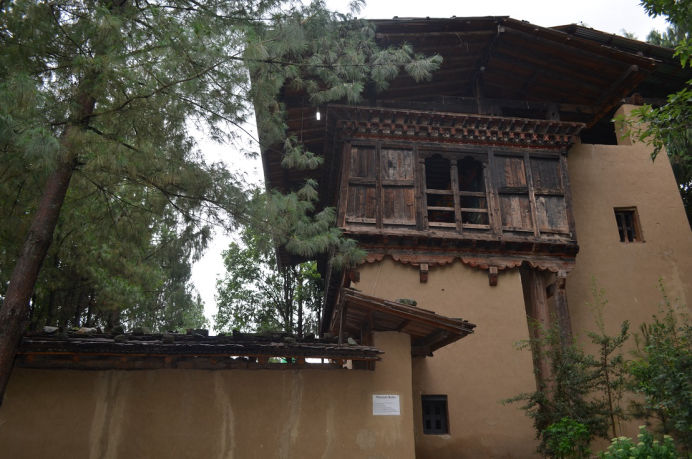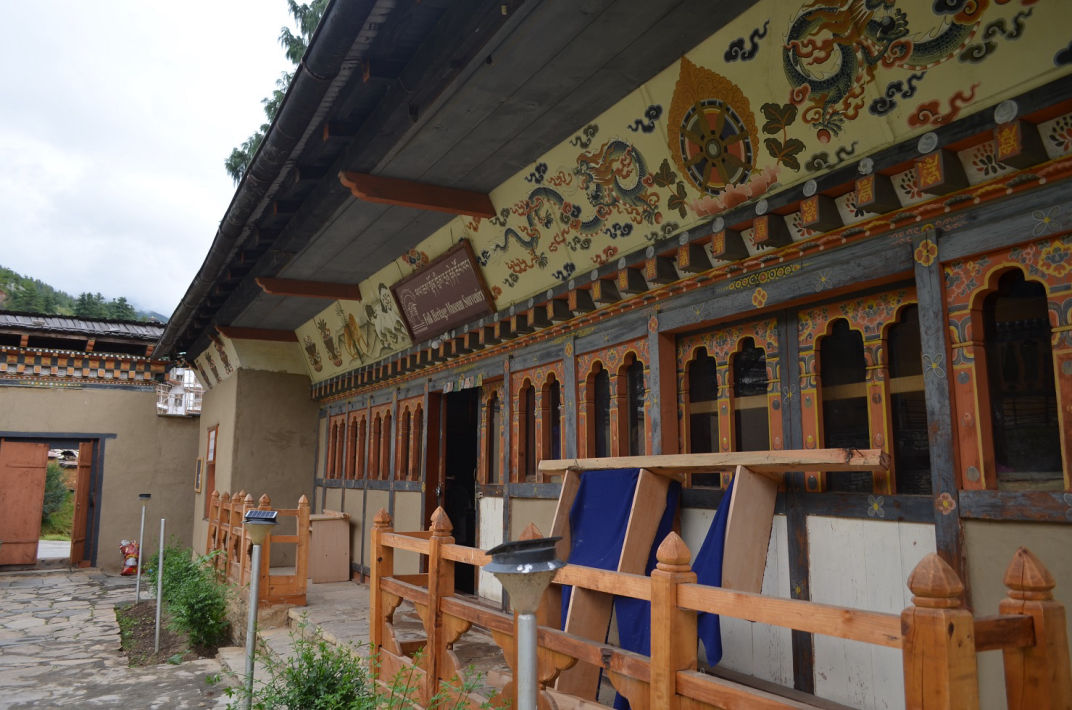Cruising the capital’s cultural core
Thimphu, situated at an altitude of 2400m, is the centre of government, religion and commerce. The capital has an interesting combination of tradition and modernity, and includes some of the most advanced and remotest parts of the kingdom. It is home to the Kings and the Royal family members, civil servants, expatriates, politicians, business persons and monks. Enjoy this cultural mix based on livelihood. Of culture we will take you through temples, dzongs, chortens, museums, handicraft stores, nunneries, parks and many more. Allow yourself to meet both traditional and contemporary artist.
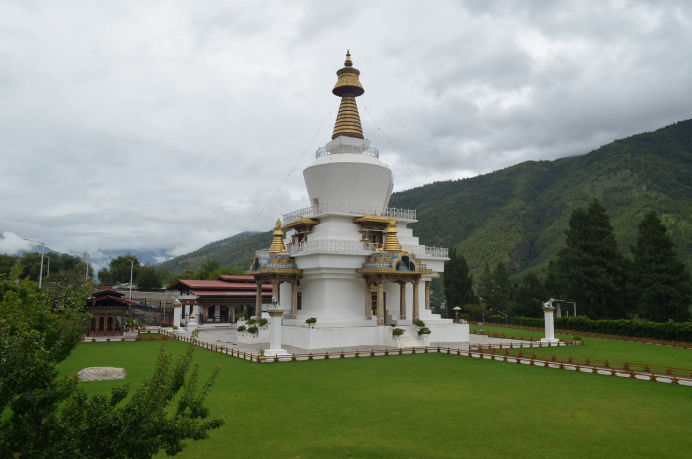
National Memorial Chorten
Meet the elderly generation in circumambulation at the National Memorial Chorten. Chorten literally means ‘Seat of Faith’ and Buddhists often call such monuments, the ‘Mind of Buddha’. Treat yourself with the extraordinary depiction of Buddhist teachings in the form of paintings and sculptures. As the name denotes this National Memorial Chorten was consecrated on July 28, 1974 in memory of the Third King.
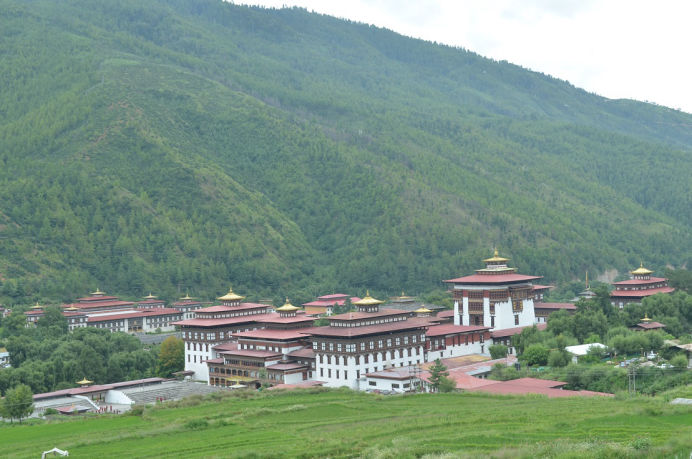
Tashichhodzong
The “fortress of the glorious religion” was initially erected in 1641 and rebuilt by King Jigme Dorji Wangchuck in the 1960s. Tashichhodzong houses some ministries, His Majesty’s secretariat, and the central monk body.
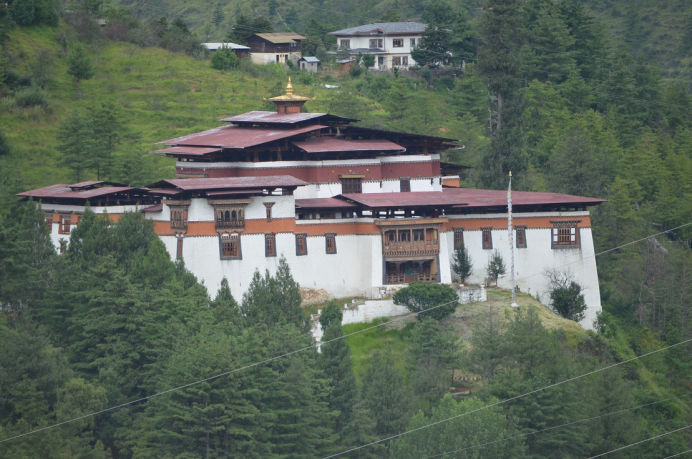
Simtokha Dzong
Stroll through the very first dzong, built in 1627 by Zhabdrung Ngawang Namgyal. The Institute for Language and Cultural Studies is located here. Enthral yourself with the most noteworthy artistic feature in the form of over 300 finely worked slate carvings behind the prayer wheels in the courtyard.
